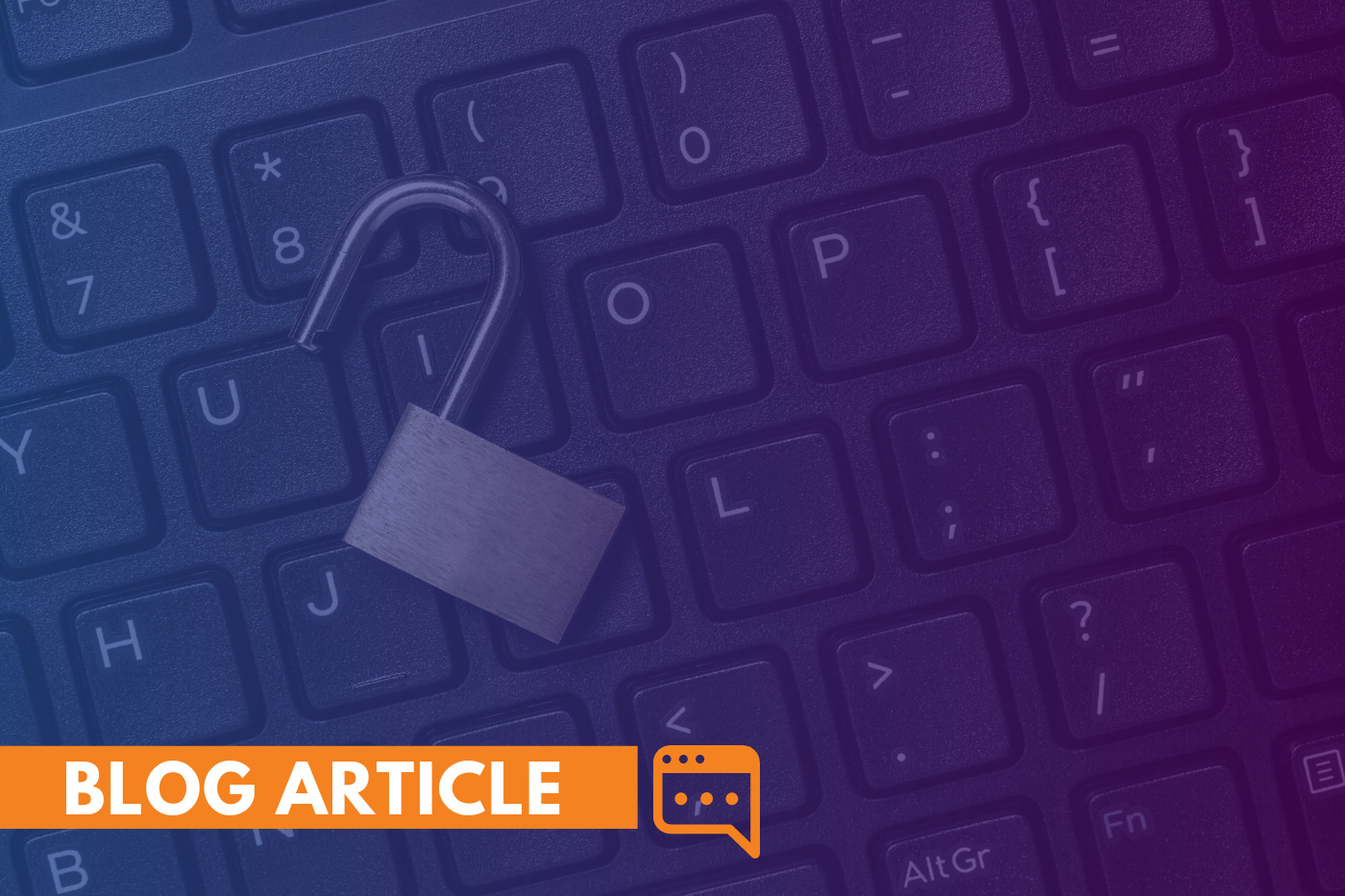

The post-COVID workforce appears to have its roots planted firmly in at least the hybrid camp, as most businesses have adopted schedules that allow employees to work remotely on occasion if not permanently. Unfortunately, while we’ve relaxed our in-office policies, hackers have advanced their malicious skillsets and will continue to seize on any opportunity to infiltrate vulnerable networks and gain access to information they can use to their advantage.
As we pass the three-year mark of the onset of the pandemic – when we all scrambled to organize and outfit our remote working conditions – now is a good time to reassess the overall security of those home networks and ensure they are appropriately fortified to withstand the threats of the current cybersecurity landscape.
Your home Wi-Fi connection is one of the easiest entry points for a hacker looking to infiltrate your network and gain access to your data. Don’t make it easy for them.
Of course, if your endpoint devices (laptops, mobile devices) within your home office are not company-provided and secured, that means they also aren’t protected by your organization’s endpoint detection and response (EDR) technology. EDR tools use next-generation technology to proactively detect and isolate threats before they negatively impact your network.
Like with your Wi-Fi router, be sure to enable automatic updates across your BYOD devices to minimize the potential for vulnerabilities.
Outside of our mobile devices, laptops and workstations, there are a growing number of intelligent devices that reside in our homes – from baby monitors and home assistants to smart TVs and Bluetooth-powered toys – that are often overlooked when we think about our security risks. Again, consider connecting these devices to a separate network from your primary work network. Carefully review each device’s default settings for any concerns and consider disconnecting devices that are used sparingly or not at all.
The use of virtual private networks (VPN) is one of the most reliable security practices you can follow when working remotely, so if you’re accessing or storing corporate data without VPN access, it’s time to reevaluate your strategy. Of course, it’s easier to save files locally for ease of use, but avoid the urge to prioritize convenience – especially when files contain sensitive internal, customer or otherwise personal data.
When accessing corporate SaaS applications, verify that your company is leveraging multi-factor authentication (MFA) to prevent unauthorized access of information – whether employees are logging in from the office, at home or on the road.
We encourage Omega customers to read the NSA’s Cybersecurity Information Sheet for further recommendations and reach out to their Customer Success Managers (CSMs) with questions or to discuss necessary home office modifications.